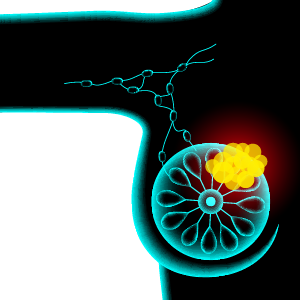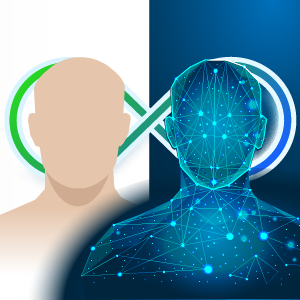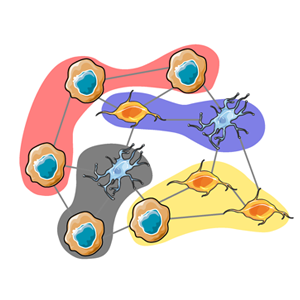News
Keep up with the latest news from the NCI Center for Biomedical Informatics and Information Technology (CBIIT) and the data science communities.
Categories
- Data Sharing (98)
- Data Sets (96)
- Artificial Intelligence (74)
- Data Commons (73)
- Funding (68)
- Machine Learning (62)
- Jobs & Fellowships (52)
- Genomics (51)
- Informatics Tools (51)
- Precision Medicine (45)
- Imaging (40)
- Data Standards (35)
- Childhood Cancer Data Initiative (31)
- Request for Information (30)
- Publications (29)
- Proteomics (28)
- Challenges & Codeathons (27)
- Awards & Recognition (20)
- Training (16)
- IDS (16)
- Policy (15)
- High-Performance Computing (HPC) (12)
- Leadership Updates (11)
- Semantics (10)
- ODS (7)
- Information Technology (4)
- Seminar Series (1)








